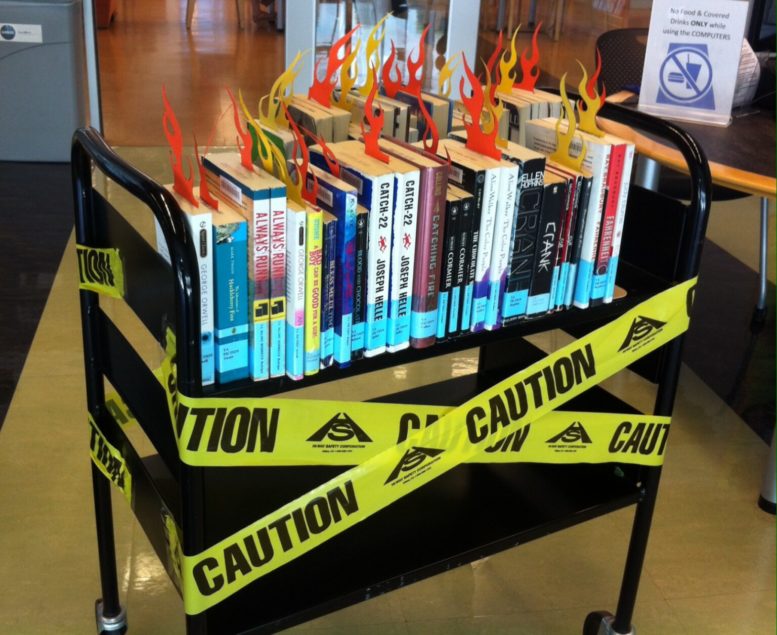A U.S. House Oversight and Reform Committee panel last week examined why thousands of books, predominantly written by marginalized authors, have been banned from public schools, and the impact of those actions on students and teachers.
“Most books being targeted for censorship are books that introduce ideas about diversity or our common humanity, books that teach children to recognize and respect humanity in one another,” said the chair of the Subcommittee on Civil Rights and Civil Liberties, Rep. Jamie Raskin.
Raskin, a Maryland Democrat, cited a new report by PEN America — an organization that advocates for the protection of free speech — that found from July 2021 to the end of March this year, more than 1,500 books were banned in 86 school districts in 26 states.
The report found that of the banned books, 467 — or 41% — contained main or secondary characters of color; 247, or 22%, addressed racism; and 379, or 33%, of books contained LGBTQ+ themes.
Raskin held up a children’s book that administrators have tried to remove from school libraries. The book was written by Ruby Bridges, a civil rights icon who was the first Black child to desegregate an all-white Louisiana school. Bridges, who was 6 years old at the time, was a witness at the hearing.
“The truth is that rarely do children of color or immigrants see themselves in these textbooks we are forced to use,” Bridges said. “I write because I want them to understand the contributions their ancestors have made to our great country, whether that contribution was made as slaves or volunteers.”
Her book, “This Is Your Time,” is being reviewed for possible removal in a school district in Texas. Books written about her story have been banned in classrooms in Pennsylvania. READ MORE
Gavarone sponsored legislation would tighten voter requirements, require photo ID
A proposed law would require Ohio voters to show photo identification at the polls, starting up the argument again of voter security versus voter accessibility.
Senate Bill 320, sponsored by Sen. Theresa Gavarone (R-Huron), would only allow Ohioans to cast ballots if they have state identification cards issued by the Bureaus of Motor Vehicles (BMV). Currently, voters can show military IDs, utility bills, bank statements or others. READ MORE
JobsOhio has a $50M ad campaign, but how does it measure success?
In Austin, New York, Boston, Chicago, Seattle, L.A. and San Francisco, economic developer JobsOhio has embarked on a $50 million advertising campaign to spread a message: Ohio is also a great place to live and operate a business, only it’s a lot cheaper than where you are.
“Keep Austin Weird,” says a billboard in that city, according to Fox 7, the local affiliate. “Like very high cost of living weird.”
The ad is a play on the now-threadbare Austin slogan, “Keep Austin Weird.” But it makes a valid point.
The Texas capital city has been rapidly growing for some time, but with the rise of its tech sector, housing costs have soared. Median home prices are 62% less in Columbus than they are in Austin, according to BestPlaces, and you’d need to make only about $70,000 a year to maintain the same lifestyle in Columbus that would cost $100,000 a year in Austin.
On a gut level, the advertising campaign seems to make sense. Both cities are state capitals with huge, flagship state universities offering the intellectual firepower needed to staff cutting-edge businesses. READ MORE





